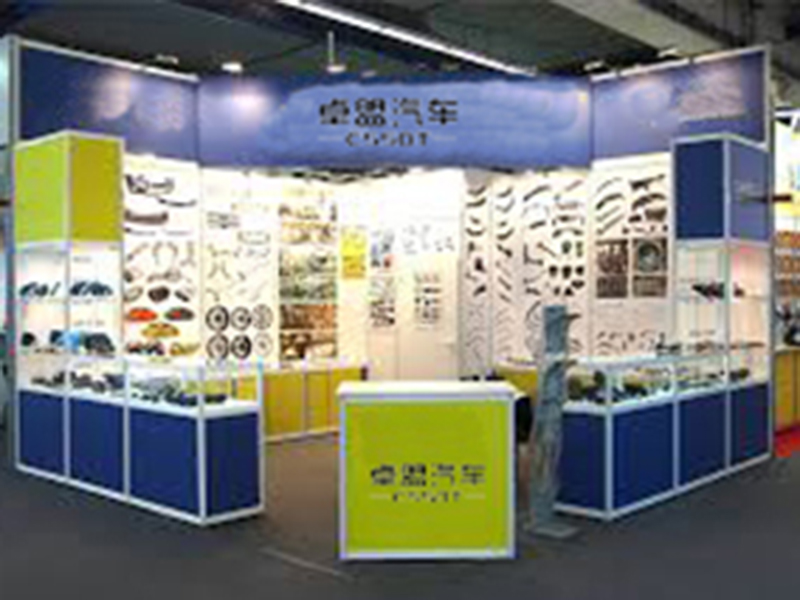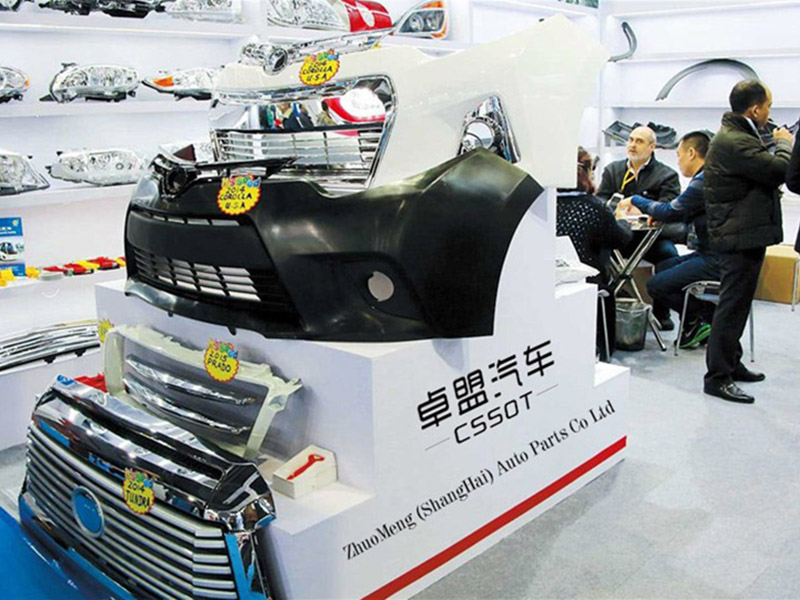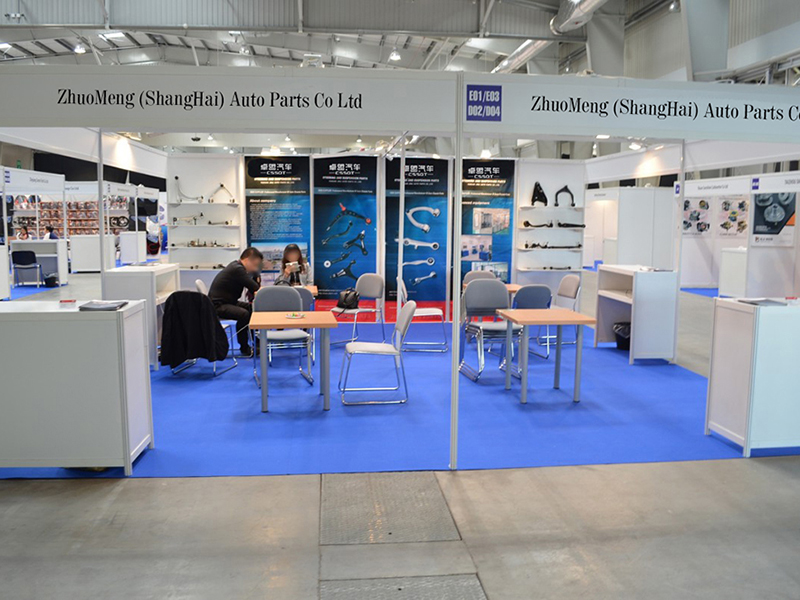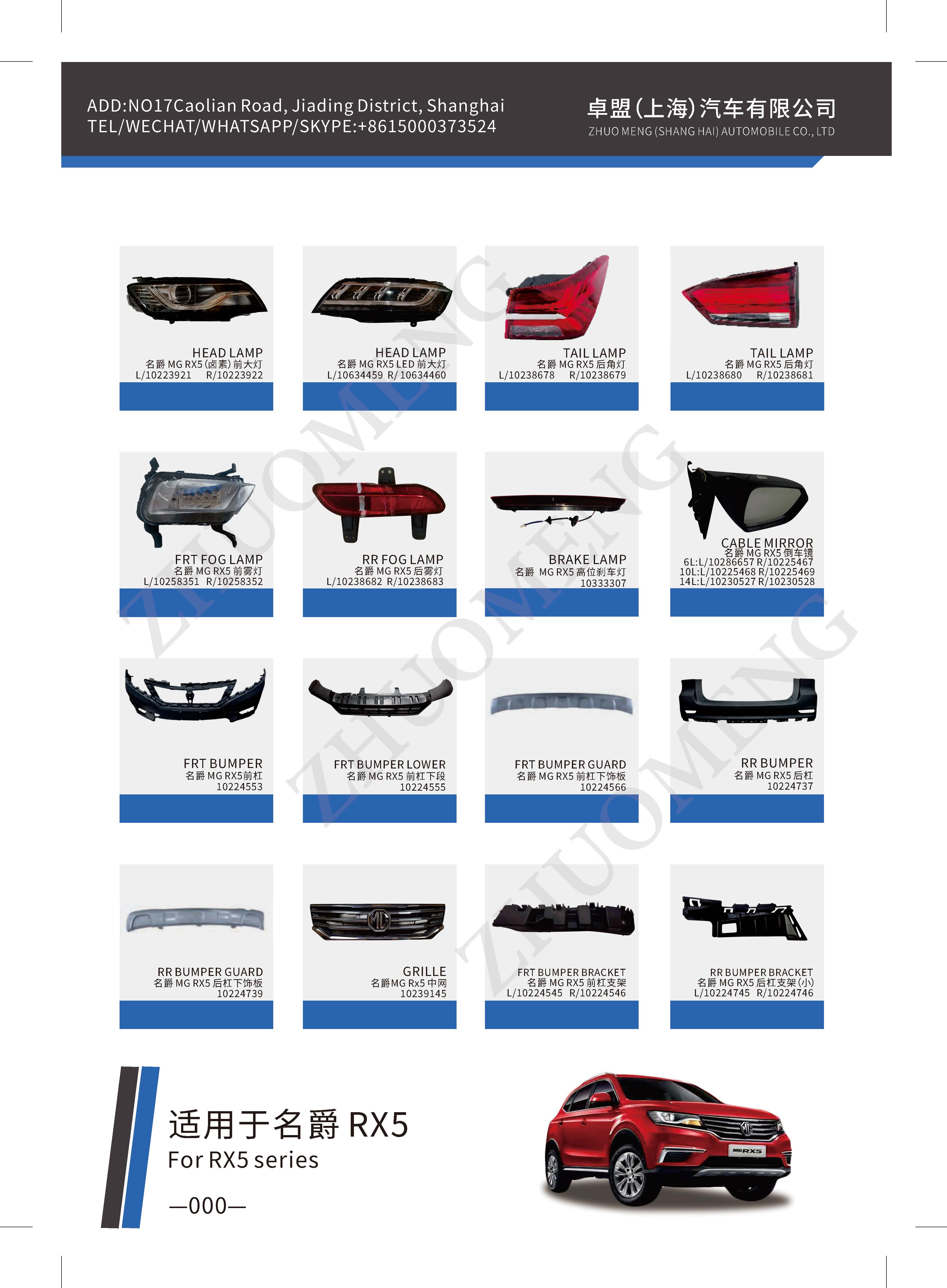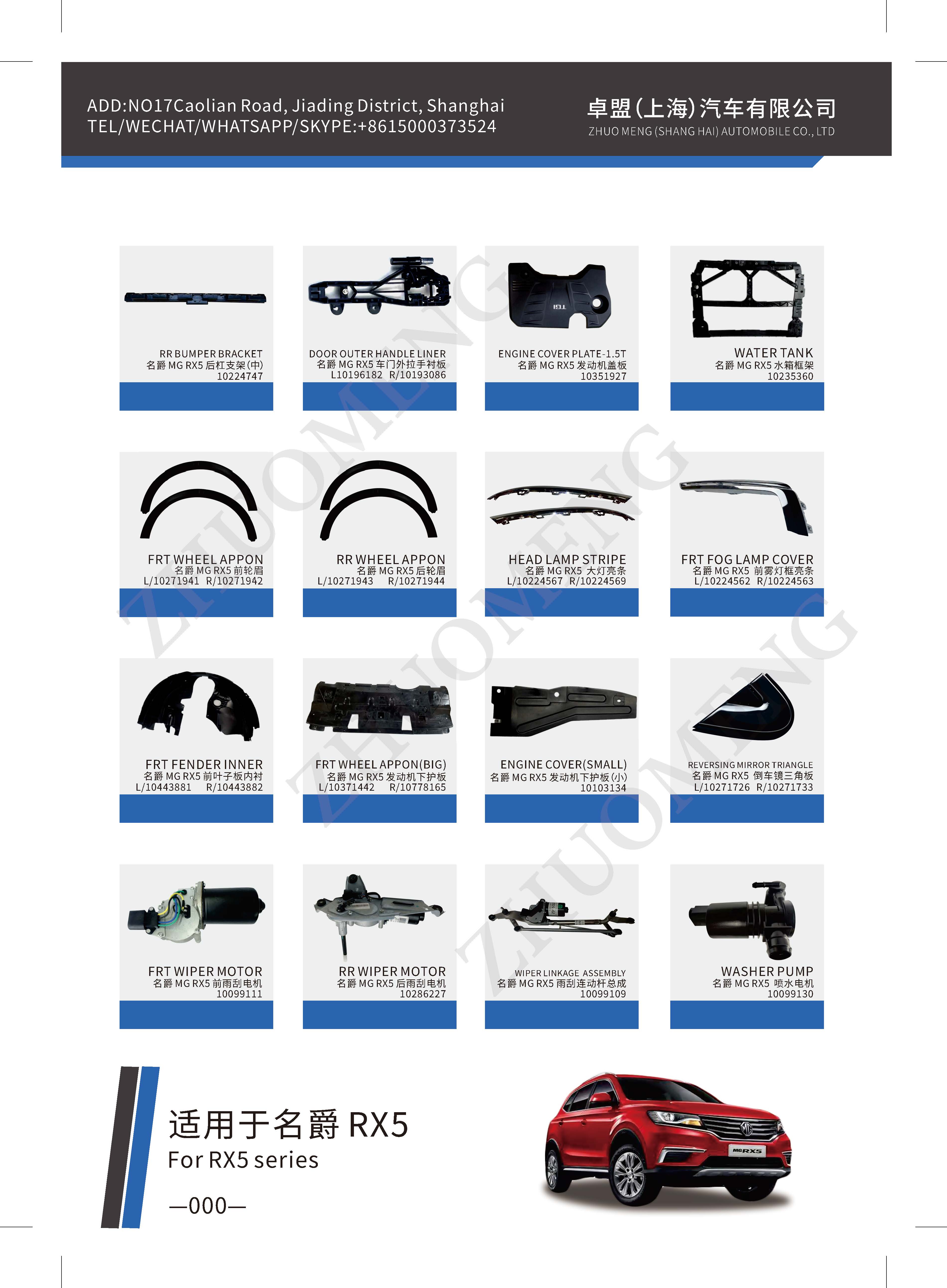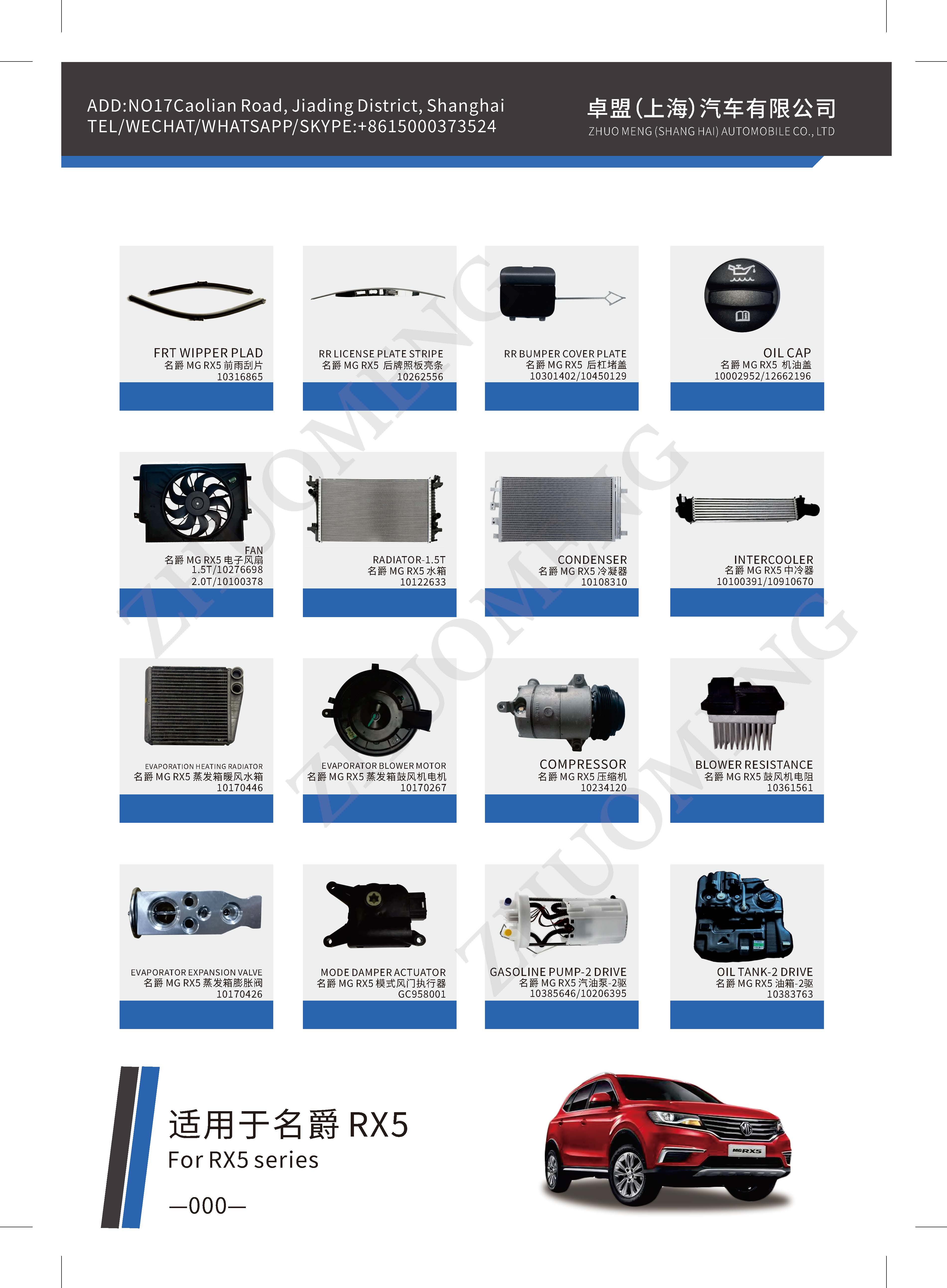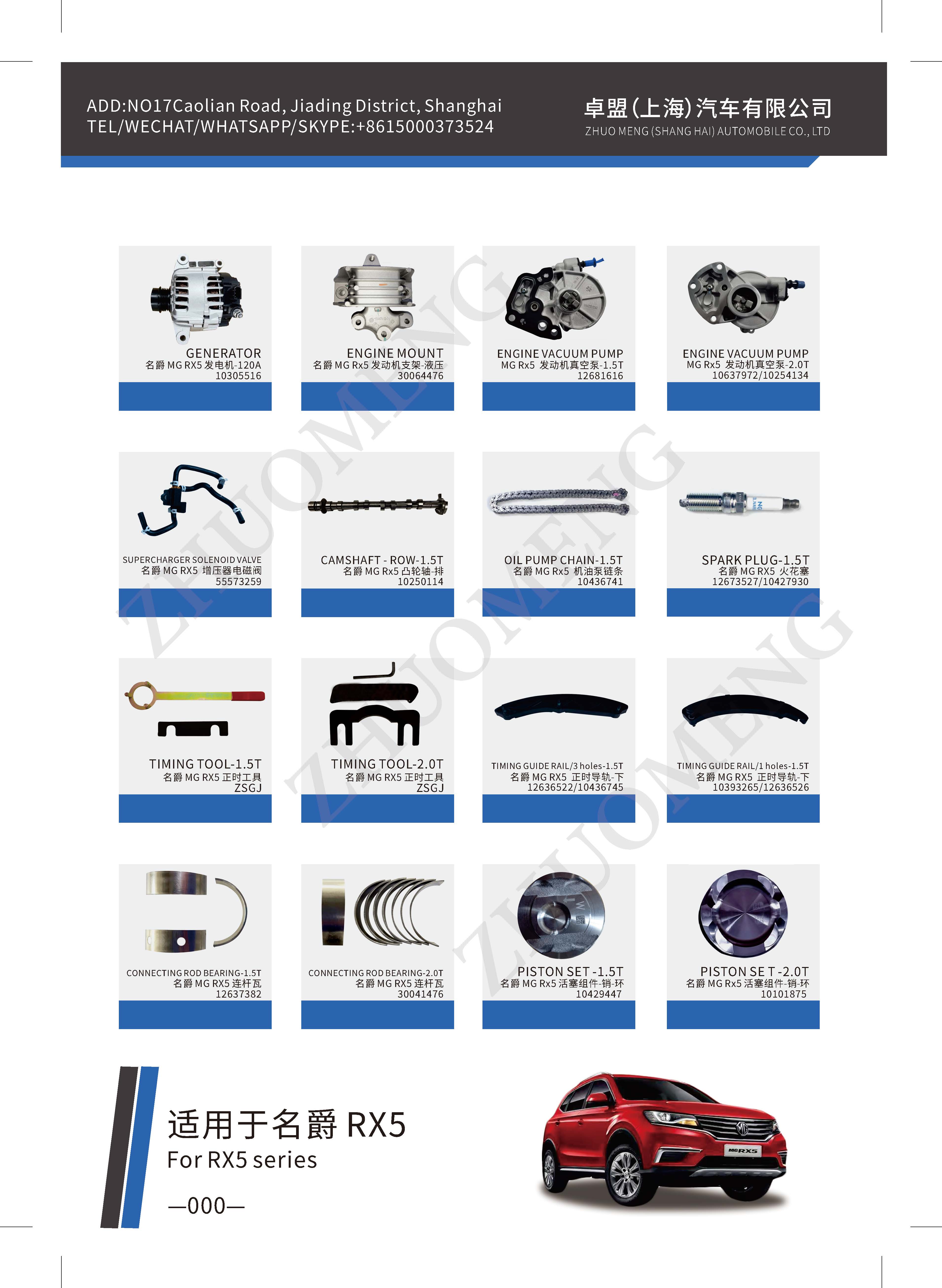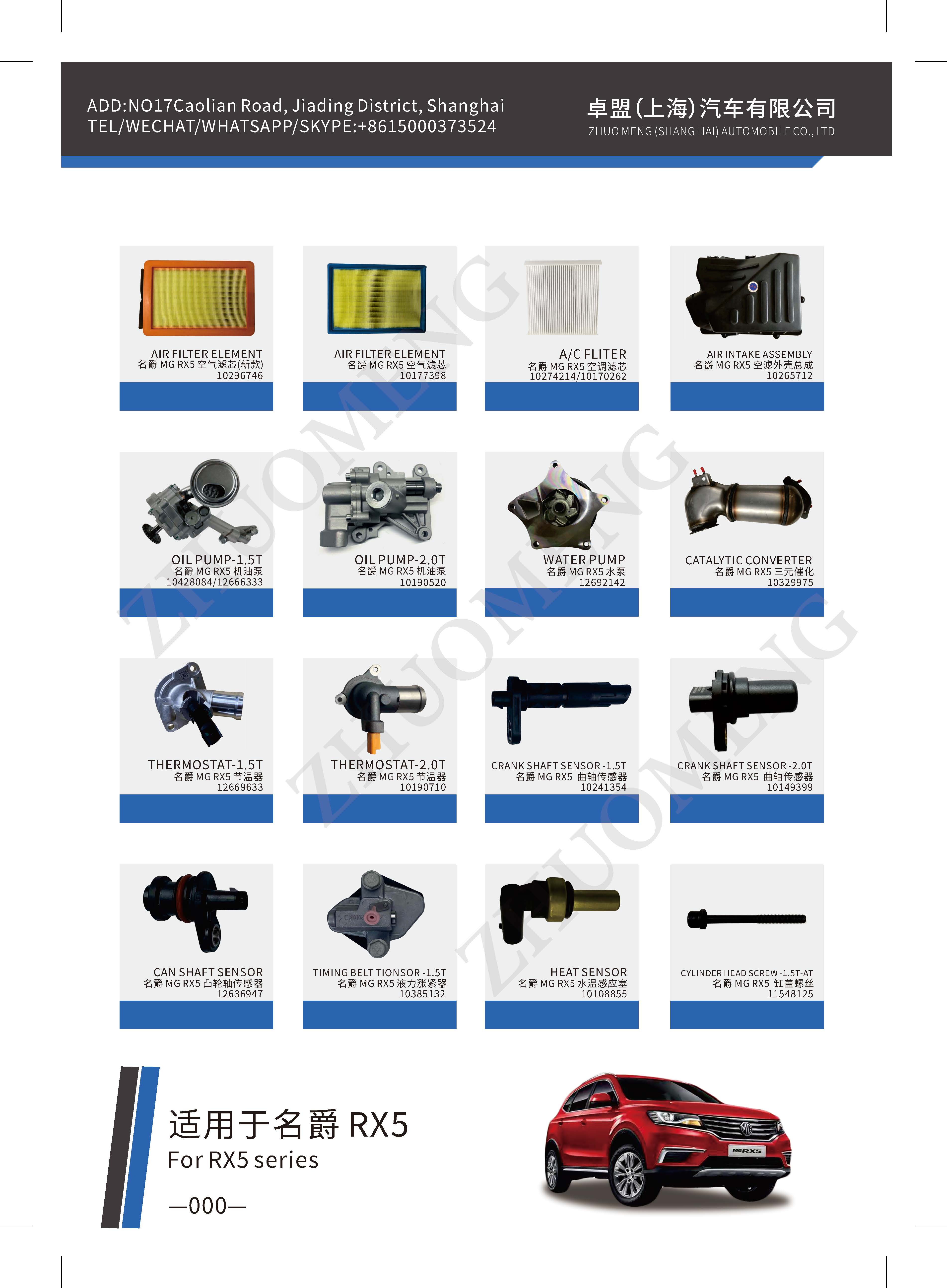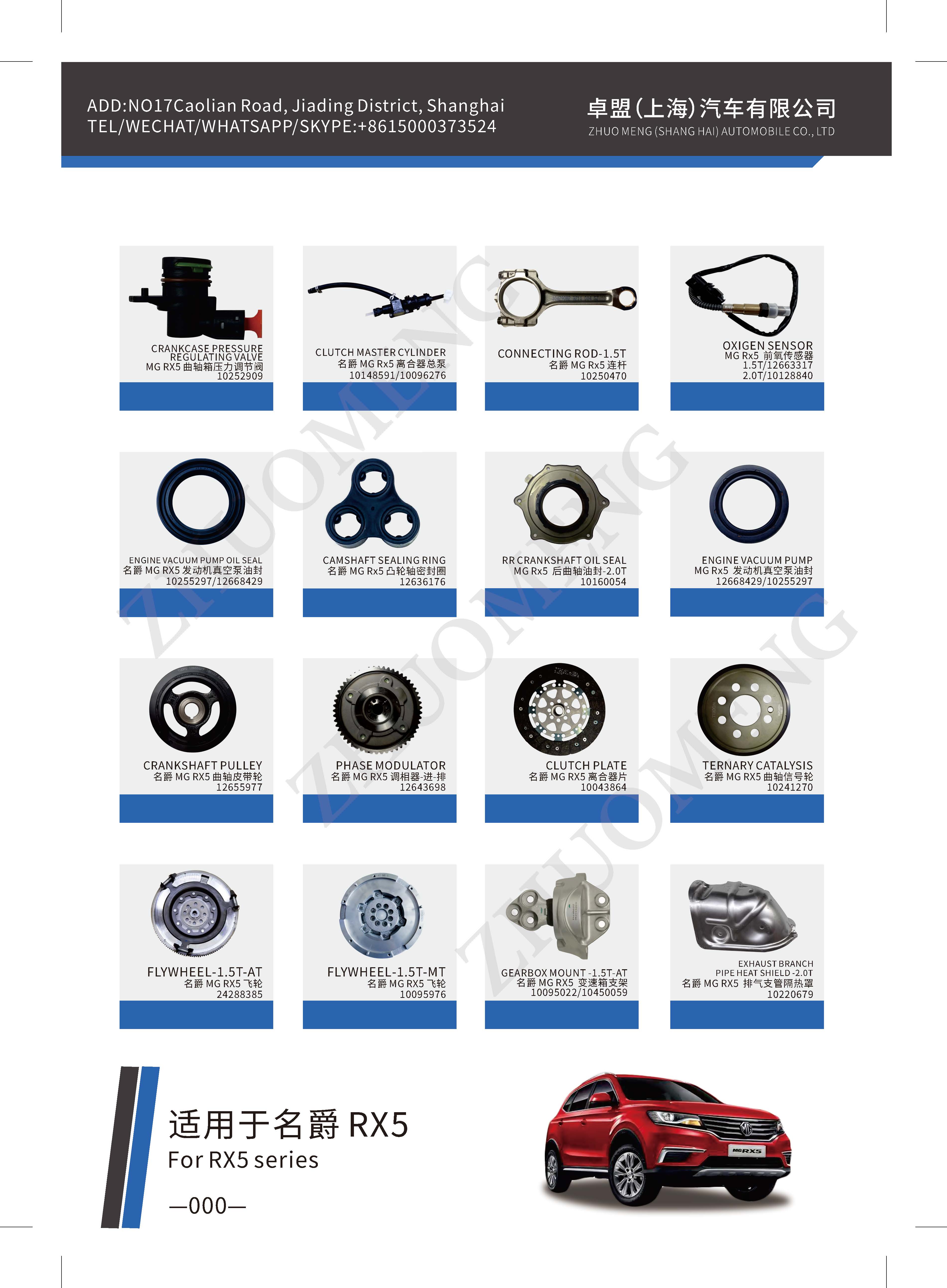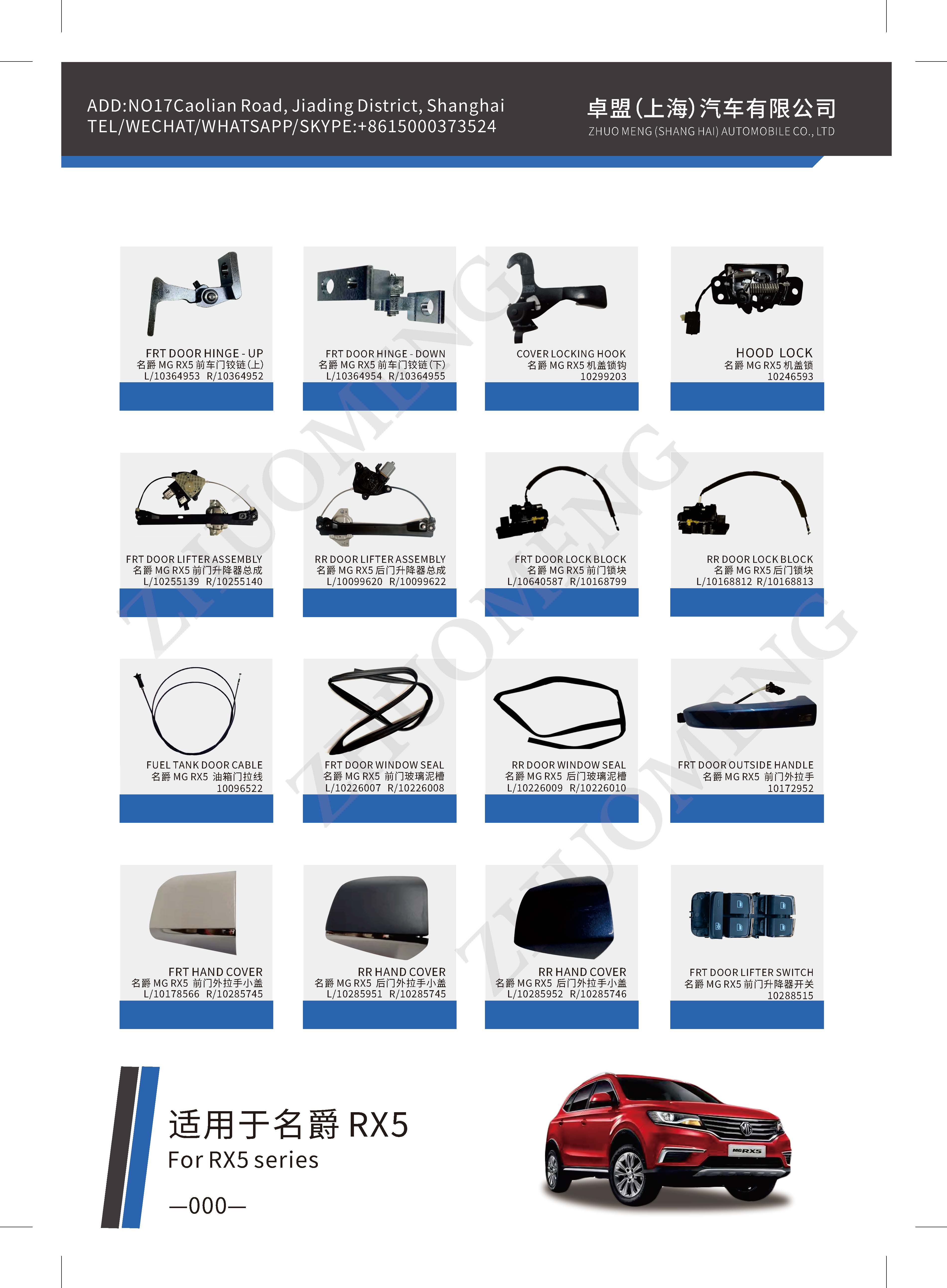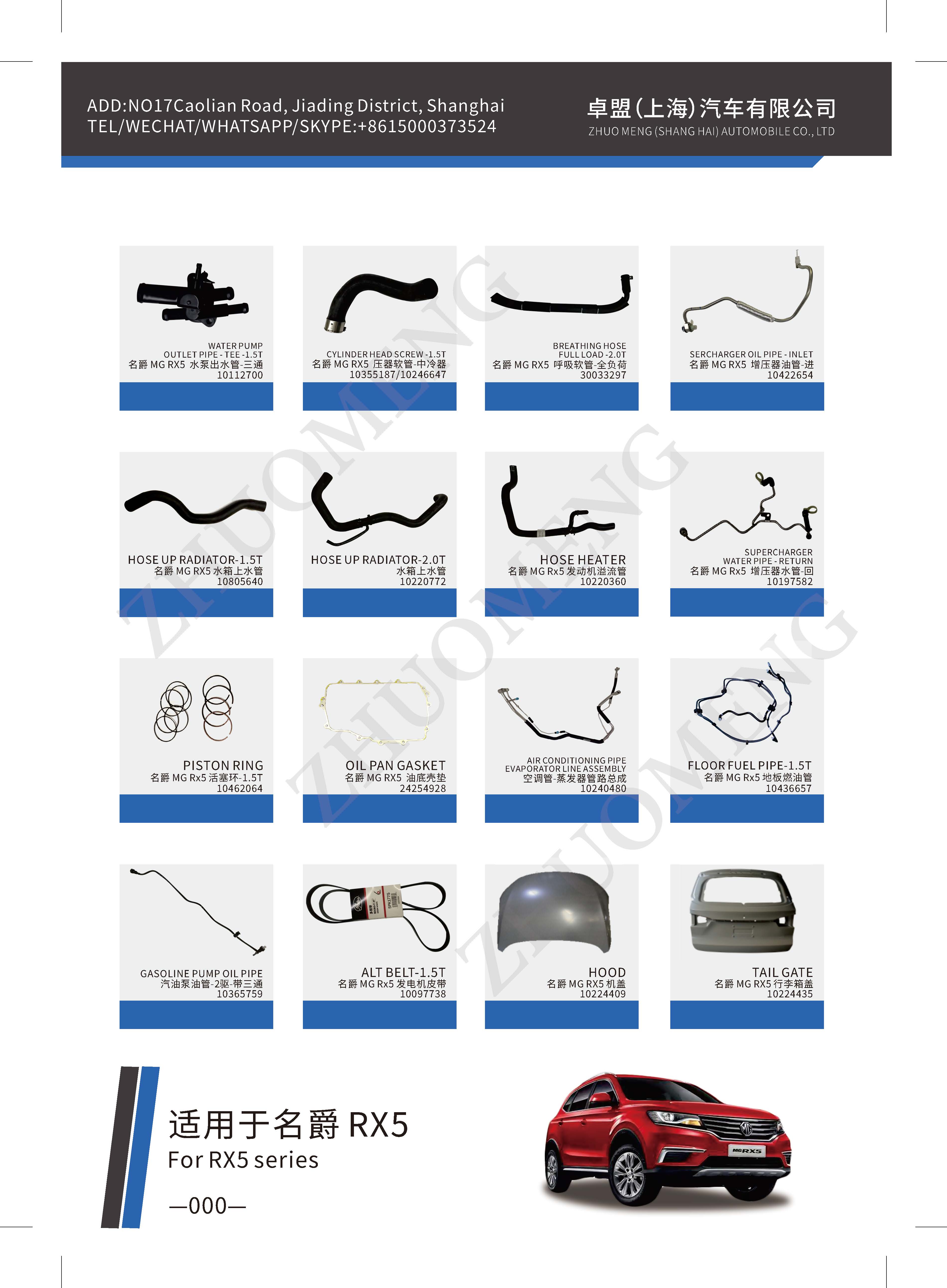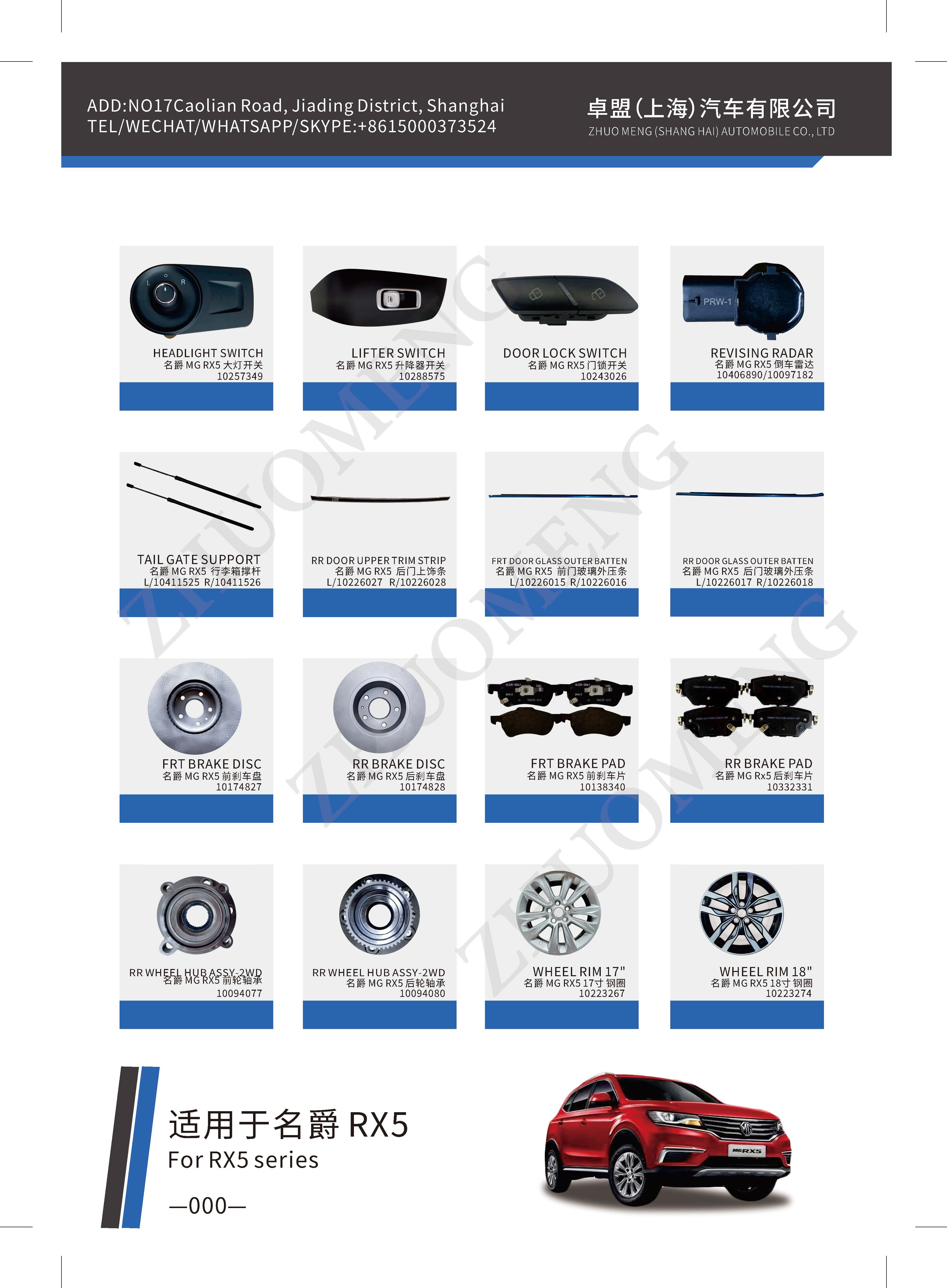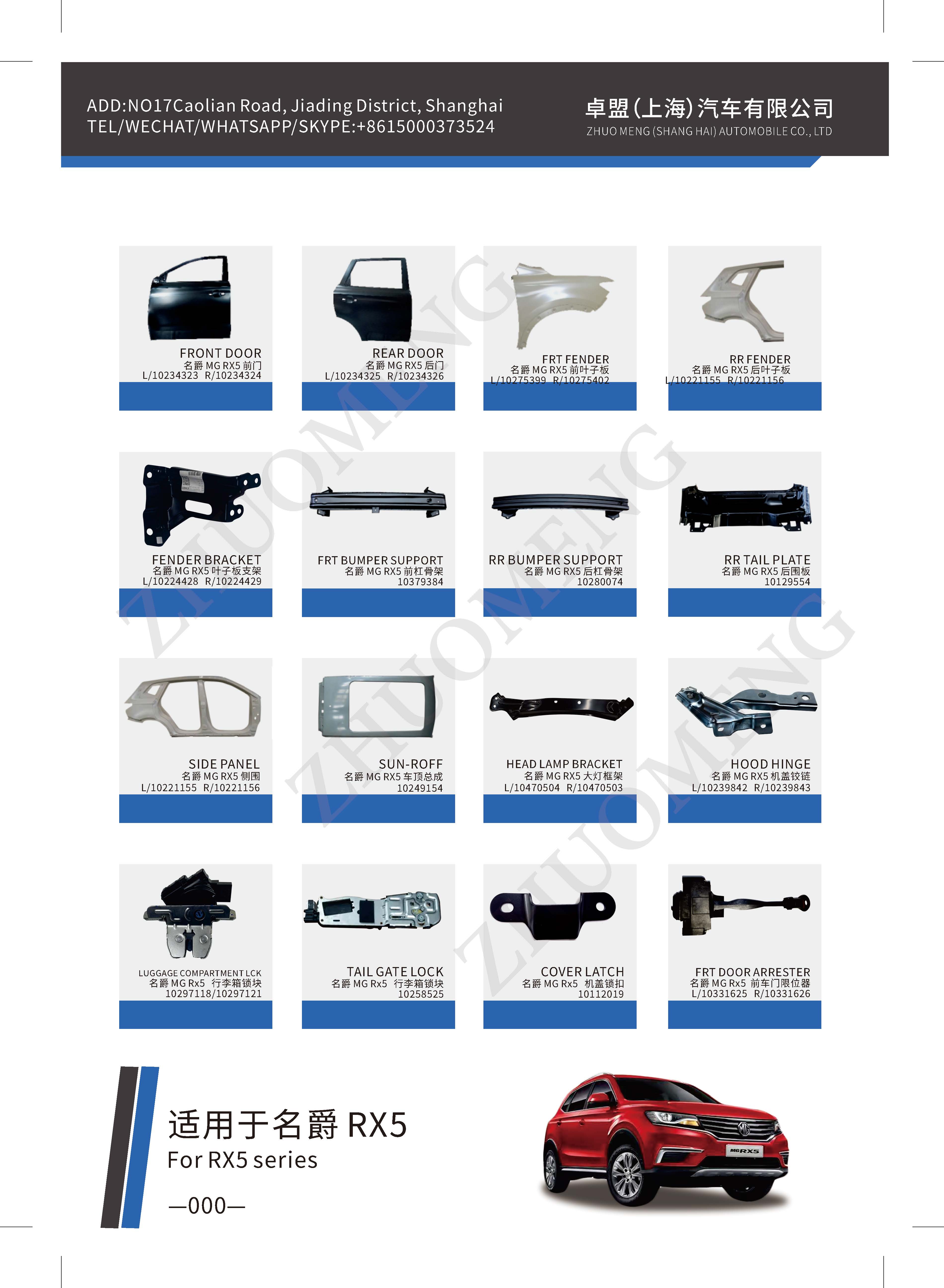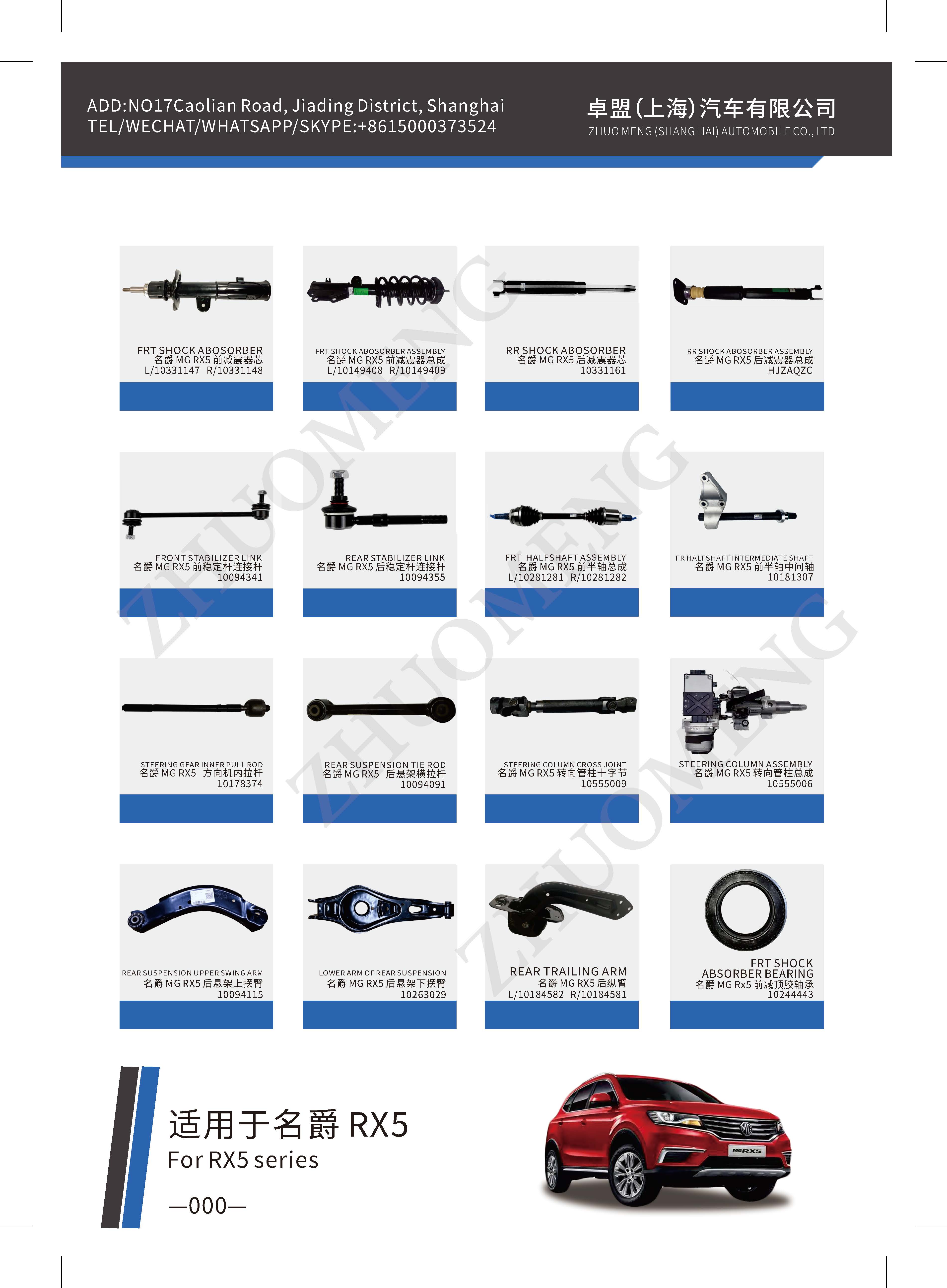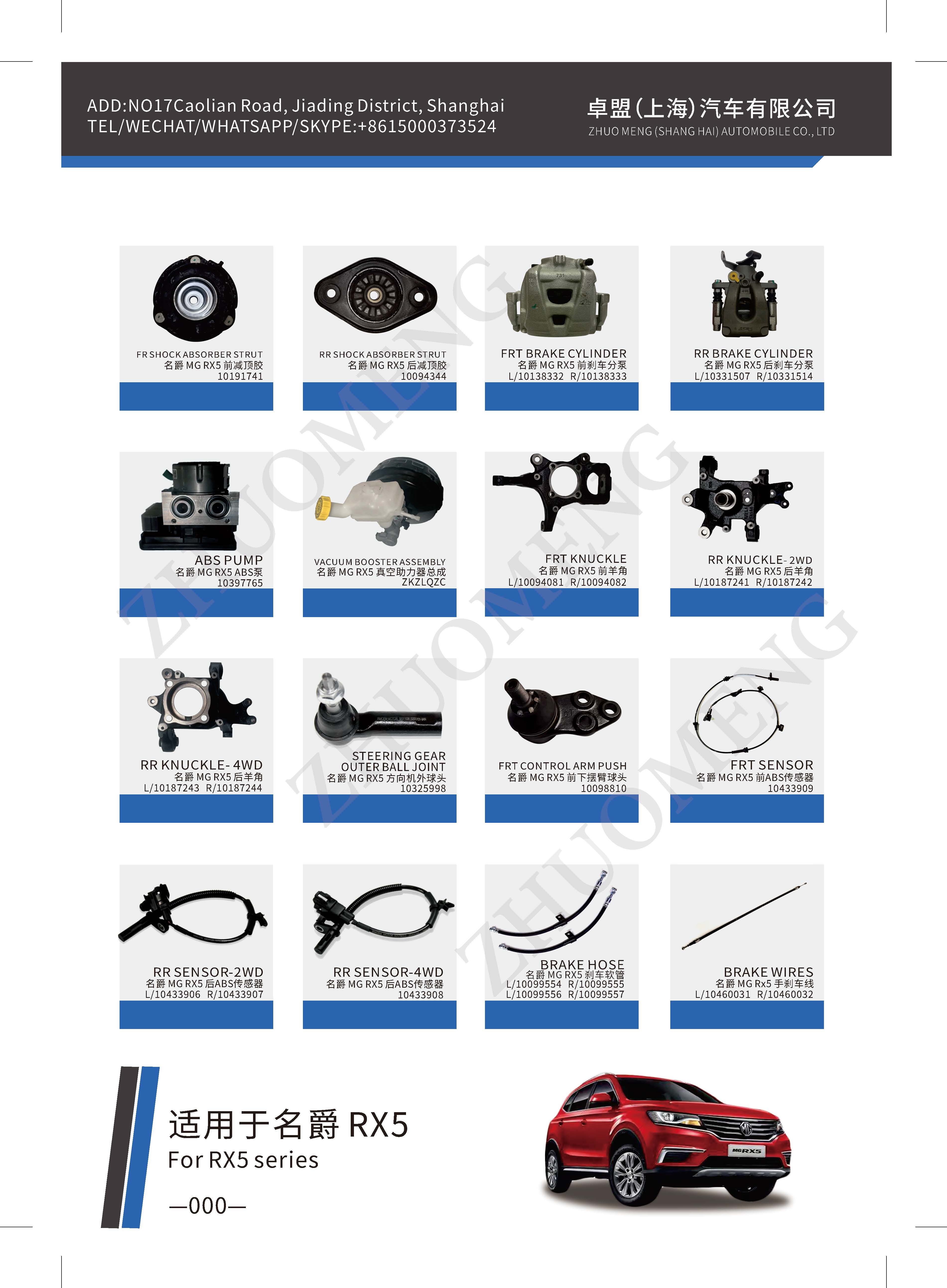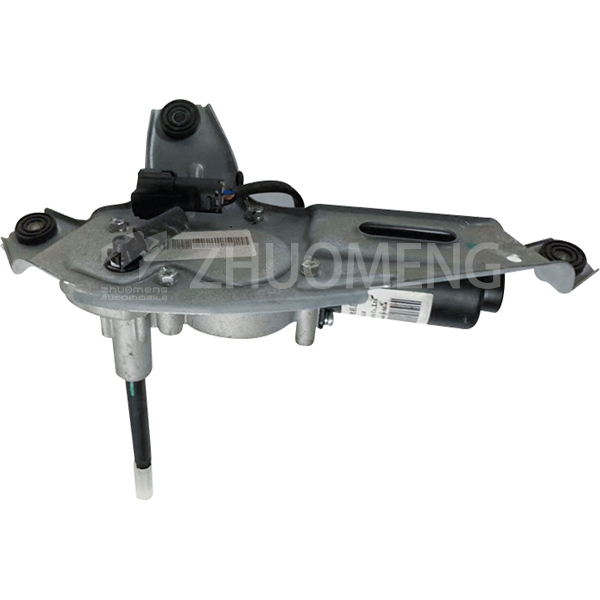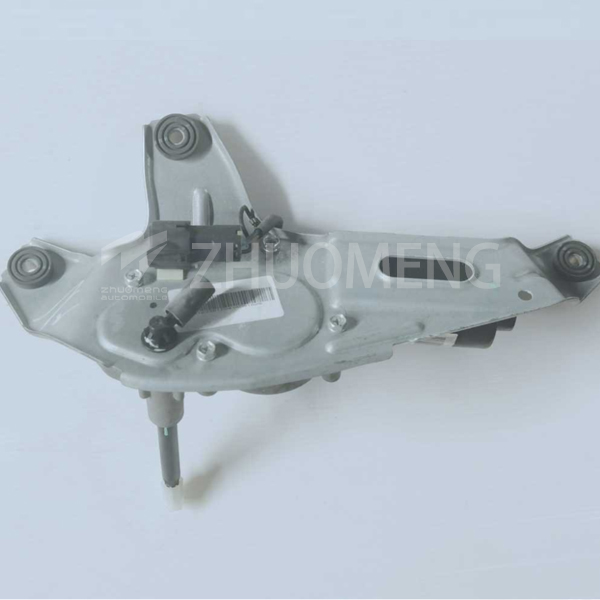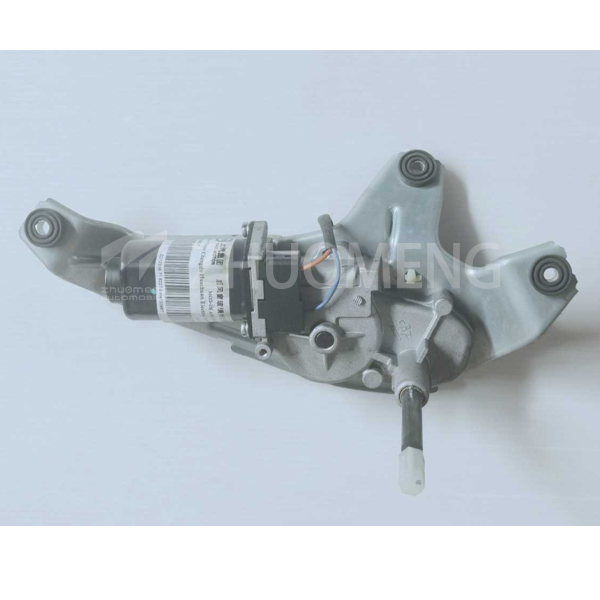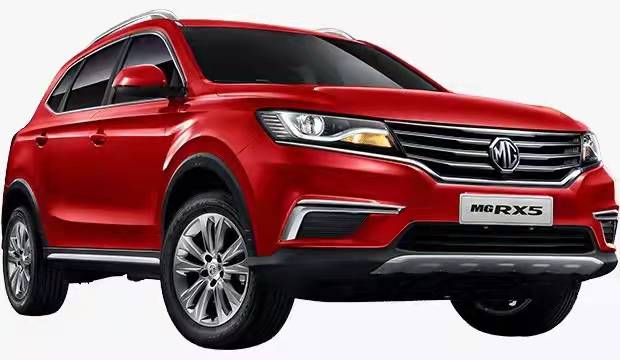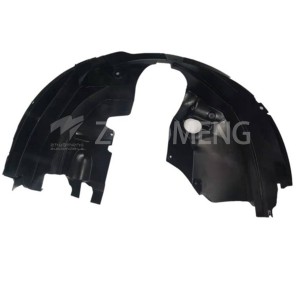Wiper motor is driven by the motor, and the rotary motion of the motor is transformed into the reciprocating motion of the wiper arm through the connecting rod mechanism, so as to realize the wiper action. Generally, the motor can be connected to make the wiper work. By choosing high speed and low speed, the current of the motor can be changed, so as to control the motor speed and then control the speed of the wiper arm. Wiper motor adopts 3 brush structure to facilitate speed change. The intermittent time is controlled by the intermittent relay, and the wiper is scraped according to a certain period by the charge and discharge function of the return switch contact of the motor and the relay resistance capacitance.
At the rear end of the wiper motor is a small gear transmission enclosed in the same housing, which reduces the output speed to the required speed. This device is commonly known as the wiper drive assembly. The output shaft of the assembly is connected with the mechanical device of the wiper end, which realizes the reciprocating swing of the wiper through the fork drive and the spring return.
The wiper blade is a tool to remove rain and dirt directly from the glass. The scraping rubber strip is pressed to the glass surface through the spring bar, and its lip must be consistent with the Angle of the glass to achieve the required performance. In general, there is a wiper on the handle of the automobile combination switch to control the twist, and there are three gears: low speed, high speed and intermittent. At the top of the handle is the key switch of the scrubber. When the switch is pressed, the washing water will be ejected, and the windglass of the wiper washing gear will be matched.
The quality requirement of wiper motor is quite high. It adopts DC permanent magnet motor. Wiper motor installed on the front wind glass is generally integrated with the mechanical part of worm gear and worm. The function of worm gear and worm mechanism is to slow down and increase torsion. Its output shaft drives the four-link mechanism, through which the continuous rotating motion is changed to the left-right swing motion.
